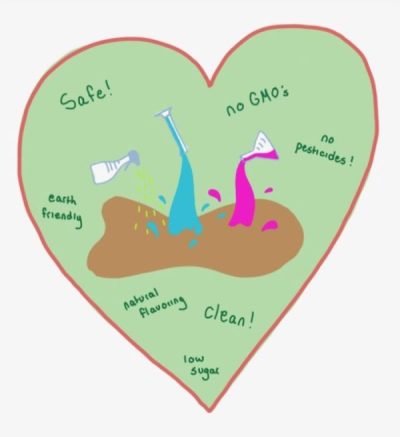In today’s bustling marketplace, it’s common to encounter products boasting their eco-friendliness, sustainability, and environmental commitment. But how genuine are these claims? Are they truly reflective of a company’s dedication to the planet, or are they just clever marketing tactics aimed at boosting sales? This phenomenon, known as greenwashing, has permeated various industries, leaving consumers puzzled and frankly deceived by the stark greed of the companies dissimulating ‘green’ attempts.
Greenwashing occurs when companies exaggerate or misrepresent their environmental efforts to appeal to environmentally conscious consumers. It is a deceptive practice that undermines genuine sustainability initiatives and misleads consumers into making financial decisions based on false premises. From vague labels like “eco-friendly” to unsubstantiated claims of being “climate positive,” greenwashing tactics come in various forms, making it challenging for consumers to discern fact from fiction. An example of greenwashing is the case of Volkswagen’s emission scandal in 2015, where the company falsified diesel emission reports to appear more environmentally responsible. Similarly, Coca-Cola’s “Break Free Plastic” campaign in 2022 aimed to reduce plastic waste but overlooked its significant contribution to plastic pollution, leaving consumers disillusioned and skeptical of corporate promises.
But how can we spot and avoid falling victim to greenwashing tactics? Firstly, it is essential to understand the seven sins of greenwashing outlined by environmental experts. These signs include hidden trade-offs, lack of proof, vagueness, irrelevance, the lesser of two evils, fibbing, and false labels. By familiarizing ourselves with these pitfalls, we can critically evaluate environmental claims and demand transparency from companies. Overall regardless of the initiatives that a company may embrace, business will need to monitor these attempts and identify ways to be more efficient in the future.
In large, consumers play a pivotal role in combating greenwashing by scrutinizing product labels, seeking third-party certifications, and supporting companies with genuine sustainability efforts. While the abundance of green labels and certifications may seem overwhelming, utilizing resources such as eco-friendly product directories and barcode scanning apps can simplify the decision-making process. It is crucial to prioritize products from companies that demonstrate a sincere commitment to environmental stewardship. Companies like IKEA, Hershey’s, and CorrBoard have invested in tangible sustainability initiatives, such as renewable energy adoption and sustainable production practices, have earned trust and recognition from environmentally conscious consumers.
In navigating the landscape of eco-friendly consumer choices requires critical thinking and informed decision-making on our part as consumers. While greenwashing remains prevalent, genuine efforts towards sustainability are also on the rise. By arming ourselves with knowledge and holding companies accountable for their environmental claims, we can drive positive change toward a more sustainable future. So, the next time you’re faced with a choice between a green-labeled product and its alternatives, remember to look beyond the marketing façade and choose consciously for the planet.












